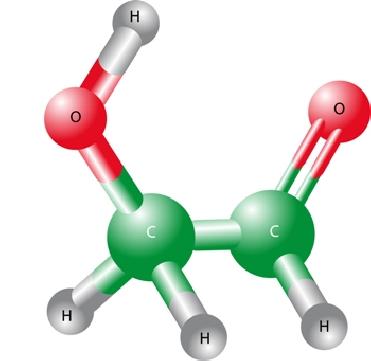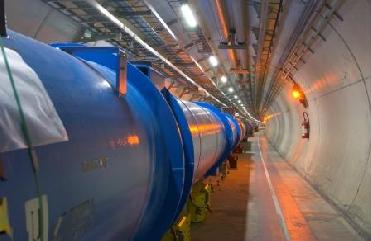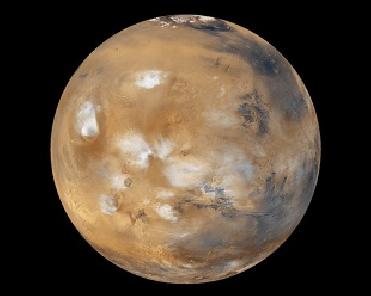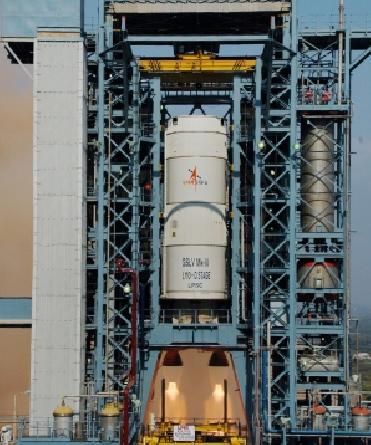
A model of glycolaldehyde molecule. Credit IRAM
LONDON (BNS): An international team of researchers, including scientists from the University College of London (UCL), has detected an organic sugar molecule in a region of the galaxy which could provide answers to the existence of habitable planets.
The discovery was made using an IRAM radio telescope in France. Partly funded by the UK's Science and Technology Facilities Council (STFC), it has been published in the Astro-physical website this week.
In their observation, the scientists said that the molecule has been found in a massive star forming region of the space some 26,000 light years from Earth.
Speaking about it, Professor Keith Mason, Chief Executive of STFC, said that the discovery is very exciting and will provide incredibly useful information in the search for alien life. "Research like this, combined with the vast array of other astronomical projects involving UK researchers, is continually expanding our knowledge of the Universe and keeping the UK at the forefront of astronomy," he said.
Dr Serena Viti, one of the paper's authors from the UCL, said it was for the first time glycolaldehyde, a basic sugar, had been detected towards a star-forming region where planets that could potentially harbour life are likely to exist.
The scientist said that the molecule earlier had only been detected towards the centre of the galaxy where conditions are extreme compared to the rest of the galaxy.
"This new discovery, in an area far from the galactic centre, also suggests that the production of this key ingredient for life could be common throughout the galaxy. This is good news in our search for alien life, as a wide spread of the molecule improves the chances of it existing alongside other molecules vital to life and in regions where Earth-like planets may exist," Viti said.
Using the IRAM radio telescope, the team was able to detect glycolaldehyde from high-angular resolution and at different wavelengths, the scientist said. The observations only confirmed the presence of three lines of glycolaldegyde towards the most central part of the core of the region.
According to the scientist, Glycolaldehyde, the simplest of monosaccharide sugars, can react with the substance propenal to form ribose, a central constituent of Ribonucleic acid (RNA), thought to be the central molecule in the origin of life.
 Next Article
Next Article












The Indian Air Force, in its flight trials evaluation report submitted before the Defence Ministry l..
view articleAn insight into the Medium Multi-Role Combat Aircraft competition...
view articleSky enthusiasts can now spot the International Space Station (ISS) commanded by Indian-American astr..
view article